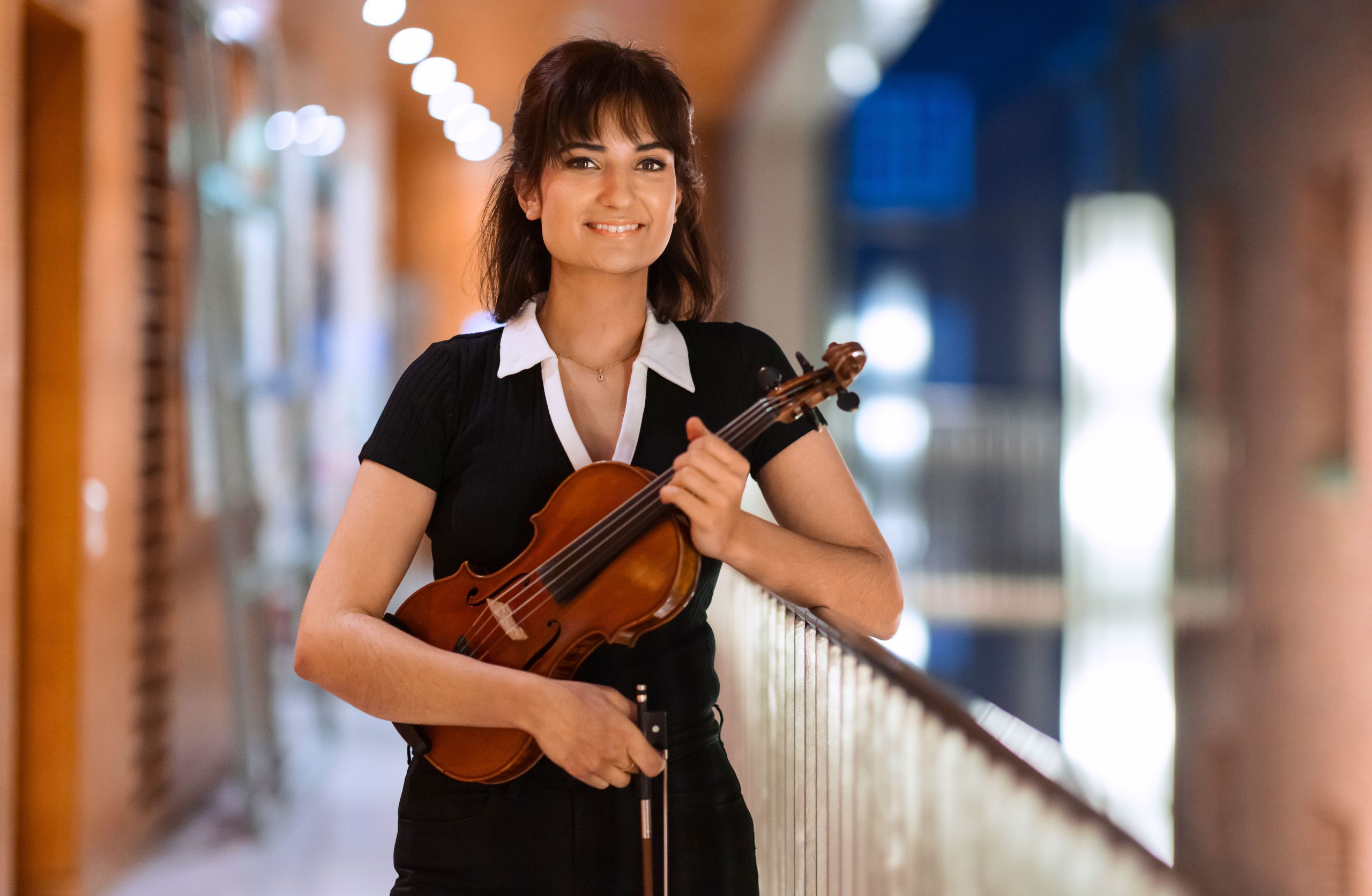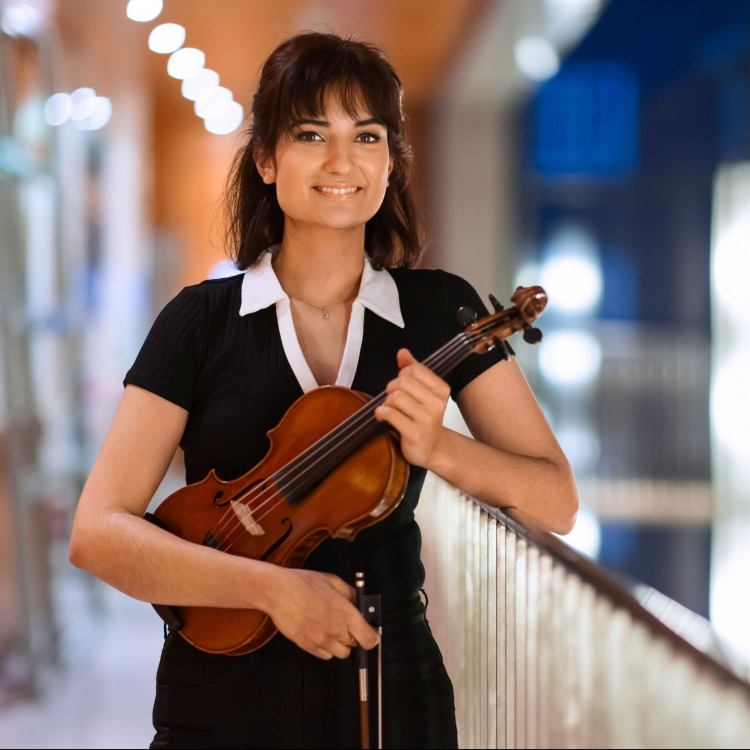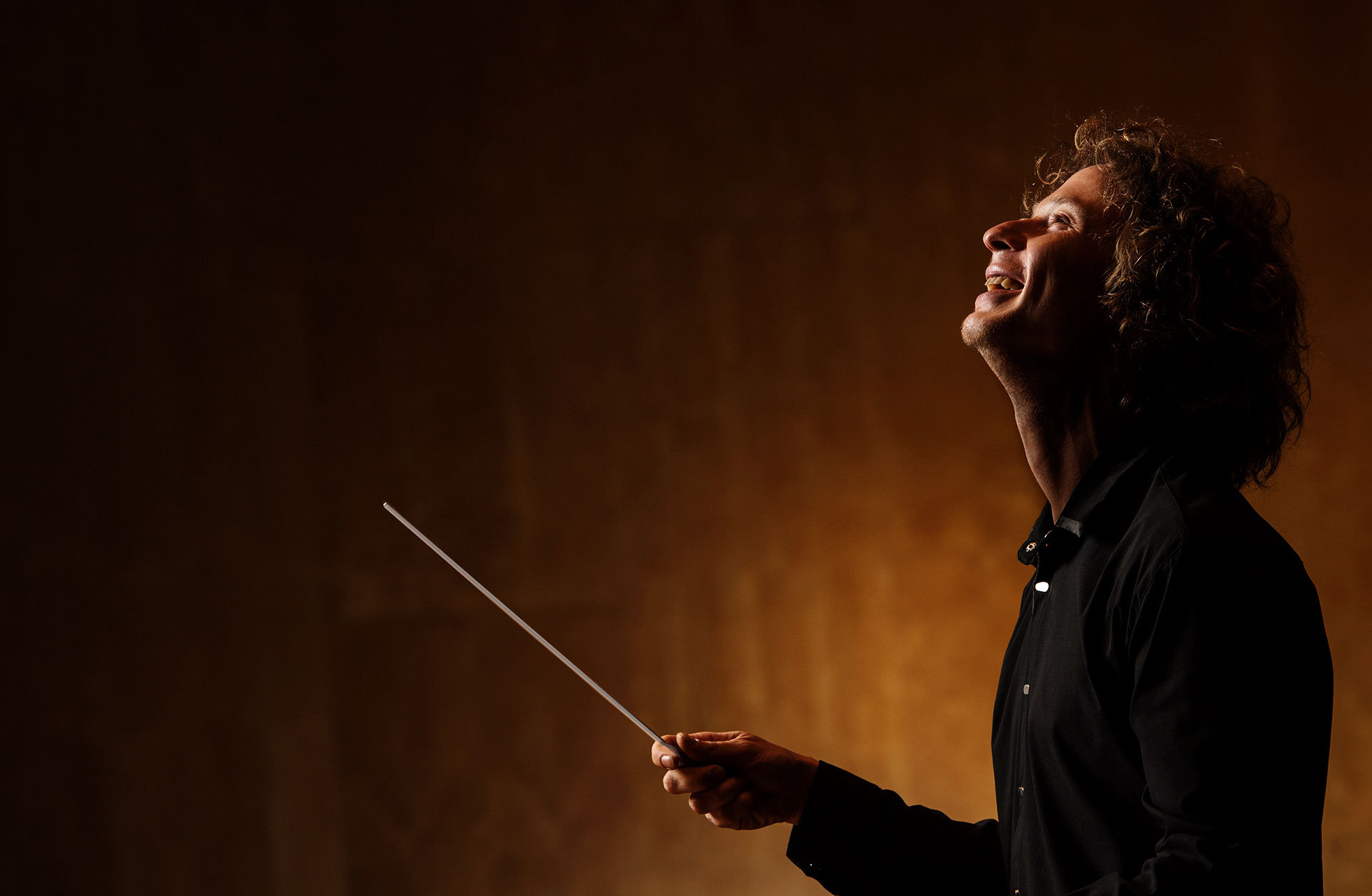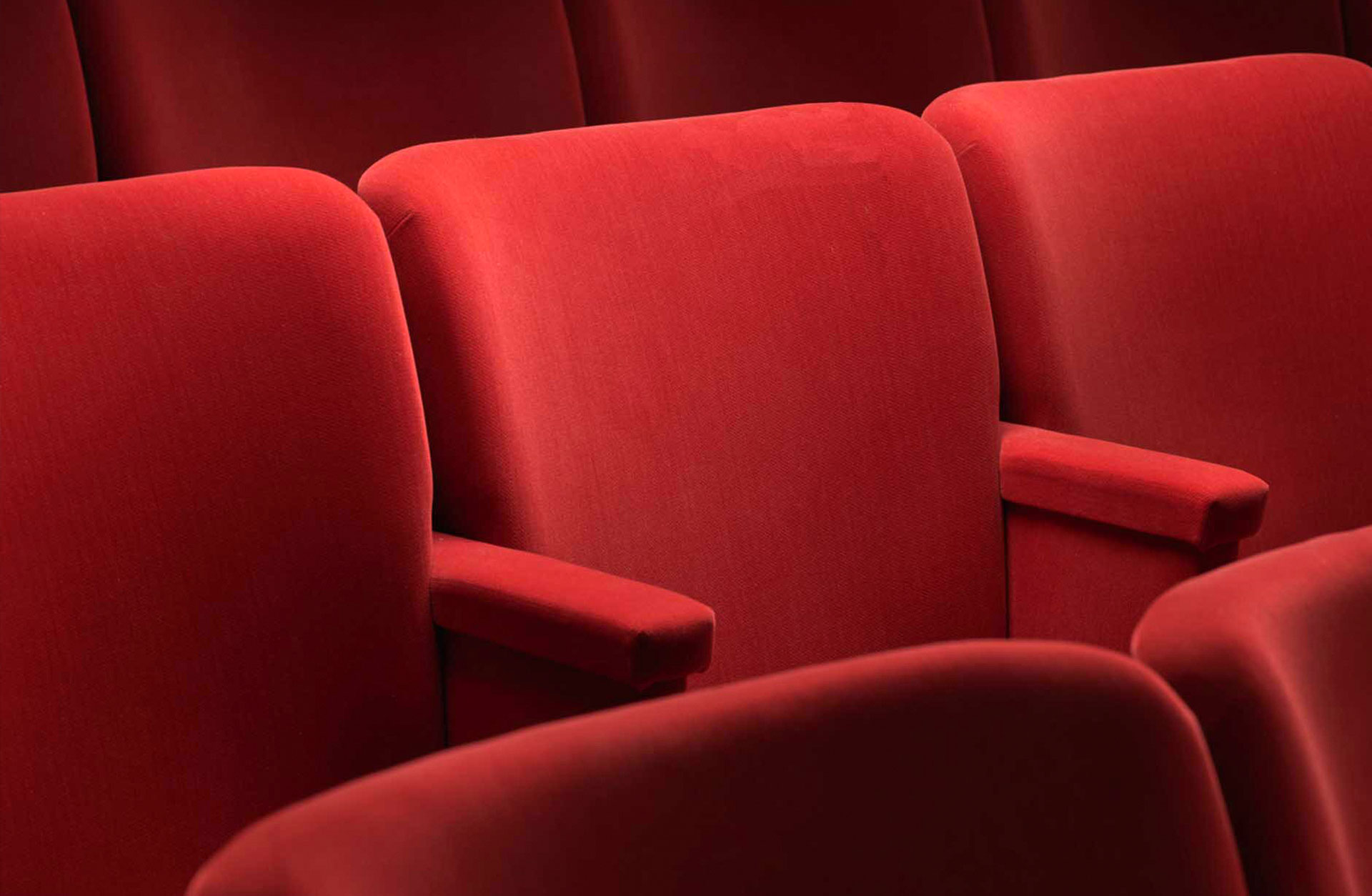Cart
Your cart is empty
Your cart is empty
List is empty
Press ESC to close the search field



Event has already taken place. Violinist Nicola Benedetti has been forced to cancel hier participation. Instead, we meet the violinist Ava Bahari together with the Gothenburg Symphony Orchestra and Santtu-Matias Rouvali.
Violinist Nicola Benedetti has been forced to cancel her participation, which leads to a change in the programme. She is replaced by Ava Bahari, the young Swedish shooting star who gave a successful performance of Schönberg’s violin concerto with the Symphony in January. Ava Bahari won the Pole Star Award back in 2012 and has since been awarded a number of Swedish and international awards. Ava Bahari was born in Gothenburg and played with the Gothenburg Symphony as a child. Currently based in Berlin, she is completing her advanced studies at the Hochschule für Musik Hanns Eisler Berlin.
Now Ava Bahari tackles Brahms’ outstanding Violin Concerto – one of the most played and loved violin concertos. It was written for the violinist Joseph Joachim, who wanted the concerto to show his virtuosity in a sentimental romantic spirit. Brahms would rather have a dialogue and an equal interplay between orchestra and soloist. This does not prevent Brahms’ only violin concerto from being a test of strength for the soloist. Johannes Brahms was an artistic paradox, the classical romantic who controlled as much as lived out his emotions.
After the intermission we meet Richard Strauss’ masterful and lavish Ein Heldenleben, a wonderfully self-absorbed heroic tale in which the composer uproariously illustrates friends and enemies, war and peace. But this work also has an element of seriousness in its undertones – Strauss was highly aware of what a phenomenal orchestrator and orchestral magician he was, as he made clear when he gallantly waved his magic wand.
The orchestra is led by the acclaimed Finnish conductor Santtu-Matias Rouvali, Chief Conductor of the Gothenburg Symphony Orchestra.

Explore the music.
Take a seat in the Great Hall one hour before the concert begins and learn more about the music you will soon experience! You will get the stories behind the music, knowledge of the composers and own reflections about the classical pieces. The introduction last for about 30 minutes, it is free and free seating in the hall. Warm welcome!

Here you will find all the necessary information that you need to know about before your magical visit in the Concert Hall.
Invite yourself or someone you like to an experience for all the senses. Welcome to visit the Concert Hall's restaurant or one of our foyer bars.